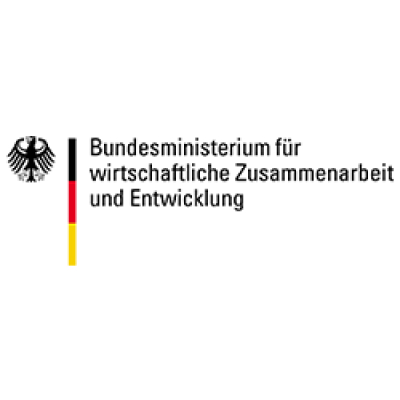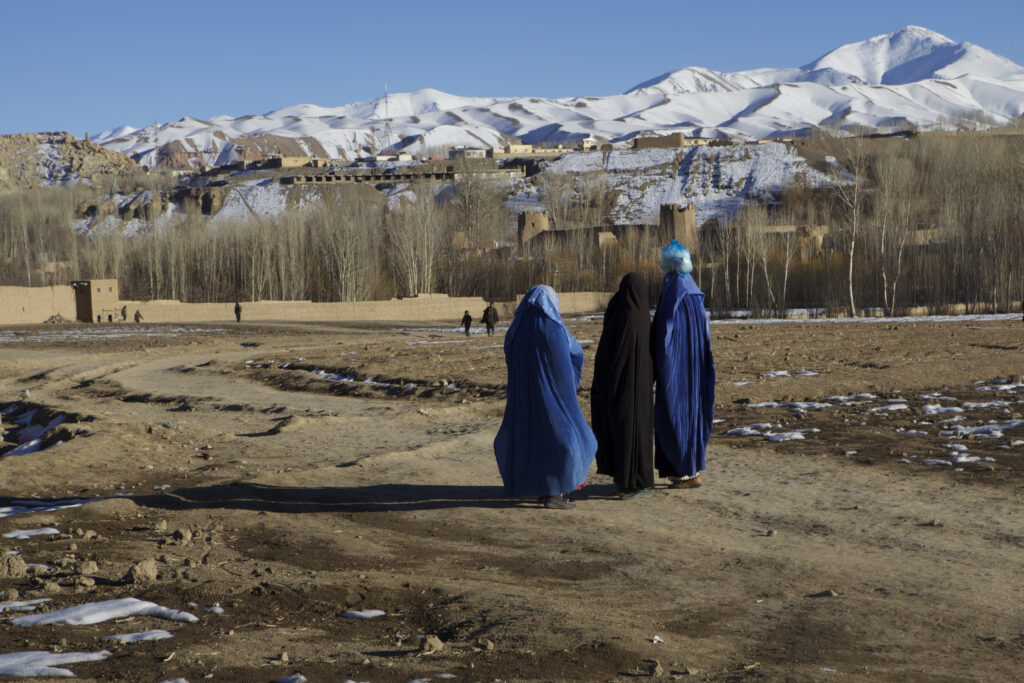
Stand with Afghan Women – Winter Emergency Relief for Women-Headed Households in Afghanistan
For survival, for solidarity
No right to education, no chance to work, no opportunity to express one’s own opinion. This is a frightening reality for women in Afghanistan today. And now the icy winter begins, which leads to deaths from hunger and frostbite every year.
Millions of women and girls face an abyss that threatens their rights, livelihoods and security. They were teachers, entrepreneurs, politicians and journalists who lost their livelihood from one day to the next. Now they fight every day for the survival of their families.
Afghanistan now leads the world statistics of repression of women’s rights: the only country that prohibits women from education; almost 100% of women-led households are at risk of hunger. Shelters were closed and freedom of movement was almost completely restricted. The desperation is palpable, and yet the women there are not forgotten.
We can, we must, act – with words and with deeds. Every sign of solidarity sends a powerful signal. Through donations we can ensure survival, address the hunger crisis in the country and provide women and their families with protection from the merciless winter.
Committing to women and their rights – Stand with Afghan Women
In winter, the consequences of the restrictions become even more cruel: women are not allowed to move freely without a male companion. This means that single or widowed women are completely cut off from social life. This may also mean that they do not have access to purchasing food or receiving medical care.
That’s why this year’s winter emergency relief is aimed at women-headed households in Afghanistan. Together with our local partners, we will support around 140 families in Mazar-e-Sharif with essential food and winter supplies during the cold months.
The emergency relief aims to mitigate hunger and health risks caused by cold temperatures and to offer women and their families hope in a difficult time. We are still here.
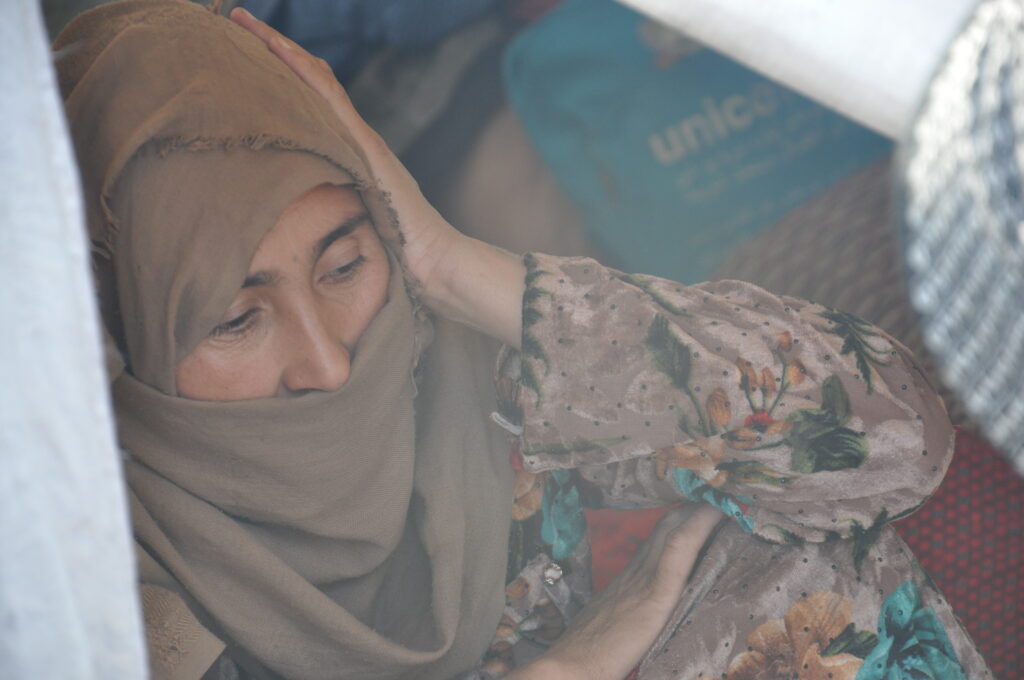
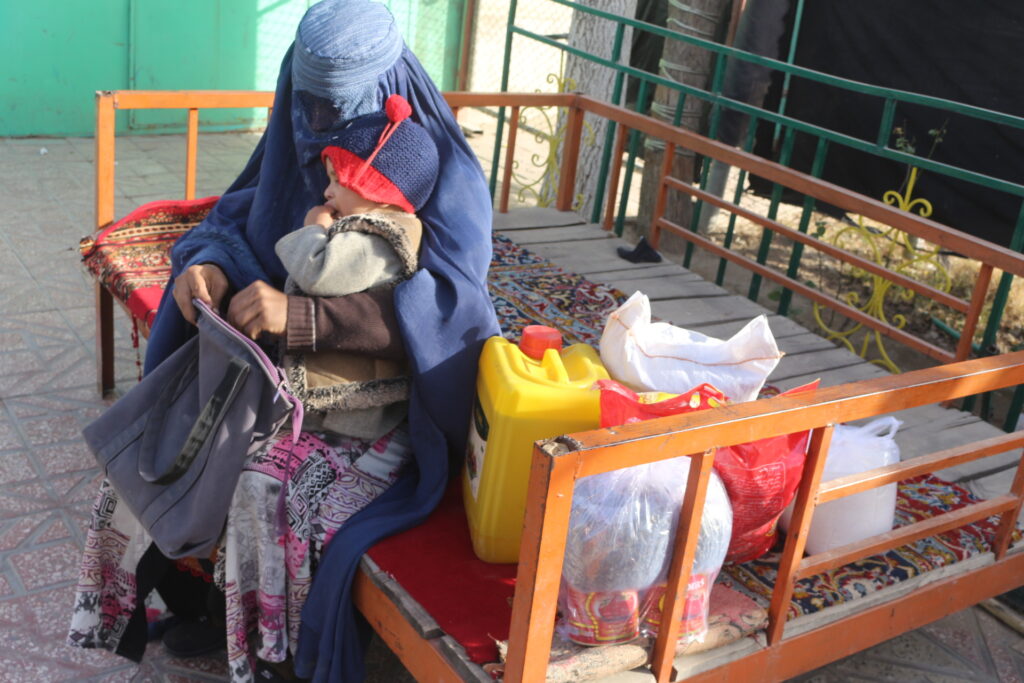
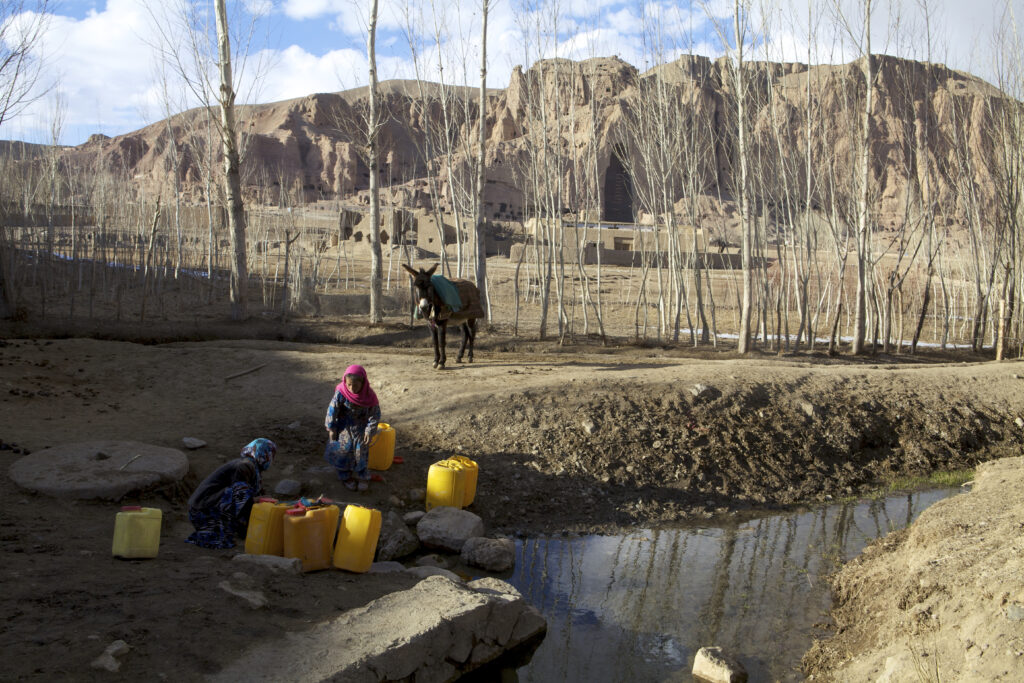
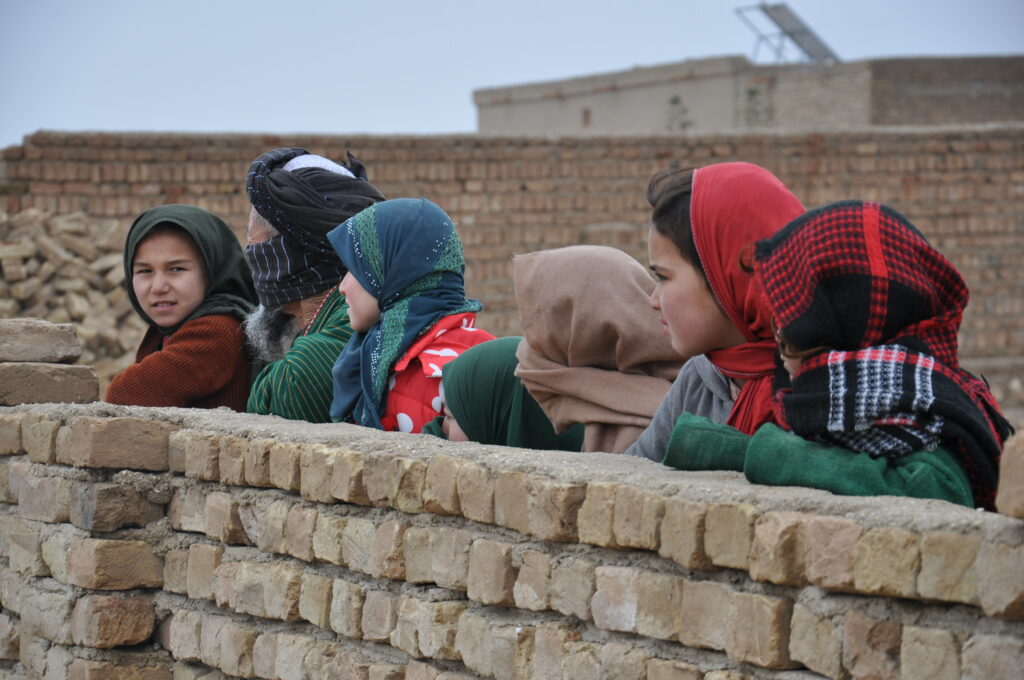
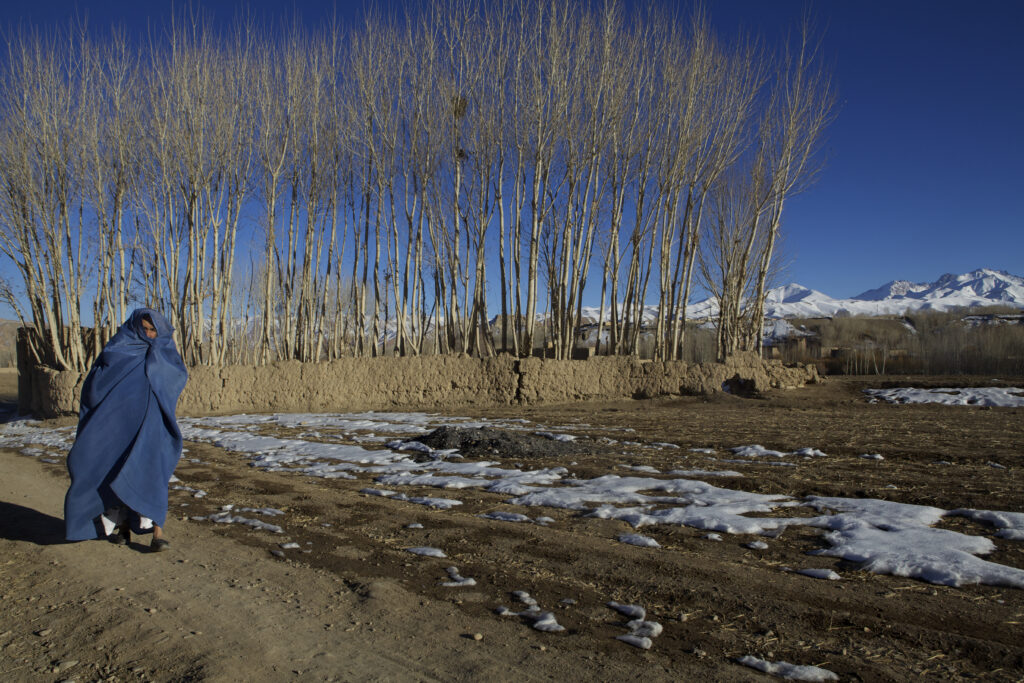
At a glance: Acute support for women-headed households in Afghanistan
1. Food security for women and children: Providing essential food to meet the daily needs of affected families.
2. Winter relief: Support with blankets and food to increase protection from the freezing cold in Afghanistan and reduce health risks.
3. Show solidarity: The situation of Afghan women and the humanitarian crisis throughout the country have been pushed further into the background since the takeover of power in 2021 – but the need for action is growing rapidly. Every donation can show the Afghan population: We see you and continue to stand by your side.
OASE – our local partners
Our long-standing partners at the local NGO OASE coordinate the implementation of humanitarian emergency aid in Balkh province. The project steps include the selection of beneficiaries, the procurement of the packages and the final documentation. In this way, we can work together to ensure that the support is targeted and understandable.
Together we can ensure that at least 140 women-headed households in Afghanistan survive this winter. Every donation can save lives.






Frequently Asked Questions
Who do we reach with this year’s winter emergency aid?
This emergency relief is aimed primarily at households headed by widows, single women or female family members who have no other source of income. We plan to reach around 140 families and provide them with food for 2-3 months.
How does emergency humanitarian aid work?
The implementation of humanitarian emergency aid takes place roughly in four phases:
1. Identification of beneficiaries: Working closely with local authorities, our local partners identify families who urgently need support. The focus is on women and female-headed households who otherwise have no access to support.
2. Procurement and distribution of winter aid packages: The packages are specifically tailored to basic needs and contain flour, rice, beans, pasta, tomato paste, tea, sugar, cooking oil and a blanket.
3. Distribution to families: The packages are distributed at designated distribution points or at the families’ homes and cover essential nutritional and winter needs.
4. Monitoring and evaluation: Distribution is closely documented to ensure that the aid arrives effectively and fairly. After the distribution, our partners collect feedback from the women in order to provide even better support for future missions.
What are the distributed packages composed of?
The exact composition of the packages may vary due to availability and price fluctuations. The aim is to provide basic food for a family of five for 2-3 months. For example, it could look like this: 50kg flour, 24kg rice, 10kg beans, 5kg pasta, 2kg tomato paste, 1kg tea, 7kg sugar, 10l oil and a warm blanket.
Other emergency relief projects

Emergency humanitarian aid for earthquake survivors in Turkey and Syria
Completed
Learn more
Ramadan Action 2021 – Hunger-free packages for internally displaced persons
Completed
Learn more
Ramadan Campaign 2019 – Hunger-free packages for Kabul and Herat
Completed
Learn more







